Why do private jets fly at higher altitudes? Flying on a private jet is a luxury that many aspire to experience at least once in their lifetime. With all the perks of avoiding crowded airports and long queues, it’s no surprise that private jet travel has become increasingly popular.
However, have you ever wondered why private jets fly at higher altitudes than commercial planes? In this blog, we will explore the science behind this phenomenon and discover the many benefits it brings.
Imagine soaring above the clouds, enjoying a bird’s-eye view of the world below. That’s exactly what you experience when flying on a private jet at higher altitudes. But it’s not just about the views. There’s a lot more to it than meets the eye.
Firstly, let’s consider the basic physics of flight. At higher altitudes, the air is less dense, which makes it easier for planes to move through it.
This is why private jets can fly faster and more efficiently at higher altitudes. In fact, most private jets fly at around 45,000 feet, which is significantly higher than commercial planes.
But why do private jet companies prefer to fly at these high altitudes? The answer lies in the many benefits it brings. For starters, it allows private jets to avoid commercial air traffic, which is concentrated at lower altitudes.
This means less congestion and a smoother flight experience. Additionally, flying at higher altitudes also means less turbulence, which is a major concern for many passengers.
Flying on a private jet at higher altitudes offers a range of benefits that are unmatched by commercial planes. From a smoother flight experience to faster and more efficient travel, it’s easy to see why private jet companies prefer to fly at these high altitudes.
So, the next time you’re flying on a private jet, take a moment to appreciate the science behind it all and enjoy the many benefits that come with flying at higher altitudes.
Top pick

Editor’s choice

Best value

1. The science of flight: Altitude and airplanes
Altitude plays a crucial role in an airplane’s performance. As an aircraft climbs, the air becomes thinner, which affects lift, engine power, and fuel consumption. This delicate balance between altitude, air density, and air pressure has a significant impact on how efficiently a plane operates.
Altitude’s impact on an airplane’s performance is multifaceted, and understanding these intricate relationships is key to optimizing flight efficiency. One primary factor influenced by altitude is lift. As the aircraft ascends, the air density decreases, which in turn reduces the lift generated by the wings.
To compensate, the airplane must increase its speed to maintain sufficient lift, resulting in higher fuel consumption. Engine power is also directly affected by altitude, as it relies on the availability of oxygen to combust fuel.
At higher altitudes, the reduced air density and lower oxygen levels can cause engines to lose efficiency, potentially leading to a decrease in overall performance.
In response, pilots may opt to utilize turbocharged engines, which employ forced induction to maintain power output in less dense air.
Fuel consumption is another critical aspect impacted by altitude. When an airplane reaches higher altitudes, it encounters less air resistance or drag, allowing for a more streamlined flight with reduced fuel consumption.
However, the benefits of reduced drag must be balanced against the increased fuel consumption associated with maintaining lift and engine power in the thinner air.
Furthermore, air pressure also plays a significant role in determining an airplane’s optimal cruising altitude. At higher altitudes, the reduced air pressure reduces the aircraft’s structural load, increasing its lifespan and reducing maintenance costs.
Conversely, at lower altitudes, the increased air pressure can lead to excessive stress on the airplane’s structure, necessitating more frequent maintenance and, in some cases, limiting the aircraft’s service life.
In summary, altitude influences various aspects of an airplane’s performance, including lift, engine power, and fuel consumption. Striking a balance between these factors is vital for ensuring efficient and cost-effective flight operations.
A pilot must carefully consider the interplay between air density and air pressure when determining the optimal cruising altitude to maximize efficiency while minimizing fuel consumption and preserving the aircraft’s structural integrity.
Also see: Safest Private Aircraft in the World
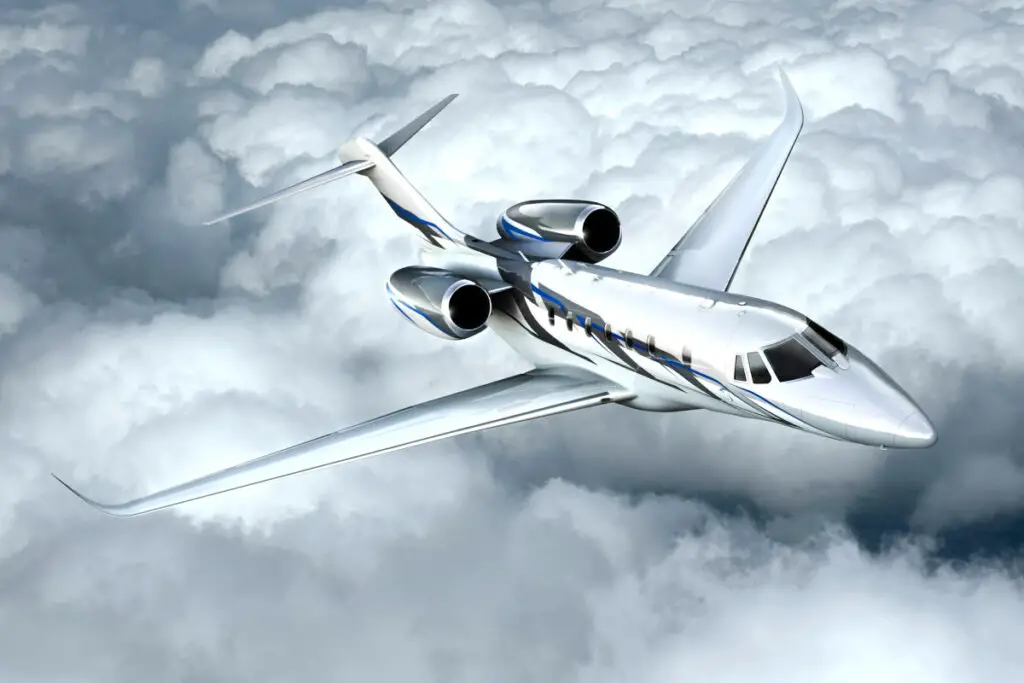
2. Cruising above the weather: Less turbulence and smoother rides
Soaring at higher altitudes allows private jets to avoid the pesky air pockets that cause turbulence. Additionally, air temperature fluctuations that contribute to turbulence are more pronounced at lower altitudes.
This means that cruising high above the weather provides a more comfortable and serene flight experience for passengers. As private jets ascend to loftier heights, they are met with a wealth of benefits beyond just avoiding turbulence.
These sophisticated aircraft are expertly designed to withstand the thinner air and reduced oxygen levels that come with higher altitudes, allowing them to maintain optimal performance and fuel efficiency.
Furthermore, the rarified atmosphere translates to less air resistance, reducing drag and enabling the aircraft to maintain higher speeds with greater ease. Higher altitudes also grant private jets the ability to navigate the sky more strategically.
By flying above commercial air traffic and the often-congested airspace they occupy, these luxurious vessels can capitalize on more direct and flexible flight paths.
This superior level of freedom permits pilots to circumvent turbulent weather systems and potential obstacles, ultimately shaving valuable time off the journey and enhancing the overall travel experience.
While safety remains a top priority, advanced onboard technology ensures that private jets can consistently monitor and adjust to changes in atmospheric conditions.
This includes state-of-the-art cabin pressurization systems, which maintain a comfortable environment for passengers by closely mimicking the pressure and air quality experienced at ground level.
As a result, passengers can relish the benefits of elevated travel without having to endure the unpleasant side effects associated with altitude sickness.
In summary, soaring at higher altitudes not only frees private jets from the turbulence-inducing air pockets and temperature fluctuations that plague lower altitudes.
But it also allows for faster, more direct routes, increased fuel efficiency, and an overall smoother, more enjoyable flight experience.
With their cutting-edge technology and thoughtful design, these luxurious aircraft promise passengers a superior level of comfort and convenience that is truly unparalleled.
Top pick

Editor’s choice

Best value

3. Speedy travels: Less air resistance, more efficiency
Higher altitudes come with reduced air resistance, which means that planes can achieve higher speeds with less effort. The thin atmosphere at higher altitudes creates less drag. Improving overall fuel efficiency for private jets. This results in faster, more cost-effective journeys for those onboard.
While higher altitudes offer undeniable advantages such as reduced air resistance, allowing planes to reach greater speeds with less effort, and enhanced fuel efficiency for private jets, there are additional factors to consider as well.
As the altitude increases, the outside air temperature decreases, which can further improve engine performance. The colder air contributes to more efficient combustion, providing additional power and optimizing fuel consumption.
Consequently, private jets cruising at higher altitudes can attain even greater fuel savings, further decreasing operational costs and expediting travel time for passengers. Another critical aspect to consider is the reduced turbulence experienced at higher altitudes.
Turbulence, caused by various meteorological factors such as wind patterns and temperature differences, can be unsettling for passengers and potentially detrimental to the aircraft.
By flying above the weather systems and thermal layers responsible for turbulence, private jets at higher altitudes ensure a smoother, more comfortable ride for their passengers.
Nonetheless, it’s important to remember that not all private jets are capable of reaching the same high altitudes. The jet’s design and capabilities dictate the maximum altitude it can attain, with some aircraft able to cruise at more than 50,000 feet.
Thus, selecting the appropriate private jet for a specific journey requires considering not only its fuel efficiency and speed but also its performance capabilities in terms of altitude.
Higher altitudes provide several key benefits for private jets, including reduced air resistance, enhanced fuel efficiency, and less turbulence, resulting in faster and more cost-effective journeys for passengers.
However, the capabilities of the aircraft and the altitude it can reach must be considered when selecting the appropriate private jet for a specific trip. This approach will ensure a smoother, more efficient, and comfortable flight experience for all onboard.
Also see: How Safe are Private Jets?

4. Climbing high to avoid traffic: Reduced air traffic and fewer delays
Busy skies can be a major headache for both pilots and passengers. Fortunately, flying at higher altitudes offers a respite from congested airways, as there are fewer planes occupying that airspace.
This allows private jets to maintain more direct routes and avoid potential delays, ensuring a timely arrival for their distinguished guests. Busy skies present not only challenges in terms of traffic management but also safety concerns for pilots and passengers alike.
By cruising at higher altitudes, private jets capitalize on the benefits of a less crowded airspace, which enhances safety measures and provides a smoother journey for all onboard.
The reduced risk of mid-air collisions and other potential hazards makes the skies a more reassuring place to navigate. Moreover, traveling at greater heights enables aircraft to take advantage of stronger tailwinds, which can boost their speed and significantly reduce fuel consumption.
Consequently, private jets enjoy enhanced efficiency and performance, as well as contributing to a greener and more sustainable environment.
With the reduction in greenhouse gas emissions, the aviation industry is able to demonstrate a commitment to environmental stewardship, further bolstering its image and appeal.
In addition, the serene atmosphere found at higher altitudes is conducive to a more enjoyable and relaxing flight experience for passengers.
The tranquility and picturesque views are complemented by a reduced chance of turbulence, which can cause discomfort and anxiety for those onboard.
As such, those who travel by private jet are not only assured a timely arrival but also an unparalleled journey that blends luxury with peace of mind. In summary, by flying at elevated altitudes, private jets gain a competitive edge in terms of safety, efficiency, and comfort.
This not only benefits the distinguished guests who opt for this mode of transportation but also the aviation industry as a whole, as it demonstrates a commitment to both environmental and passenger wellbeing.
This winning combination ensures that the demand for private jet travel will remain strong, as it continues to offer an attractive alternative to the hustle and bustle of commercial air travel.
Top pick
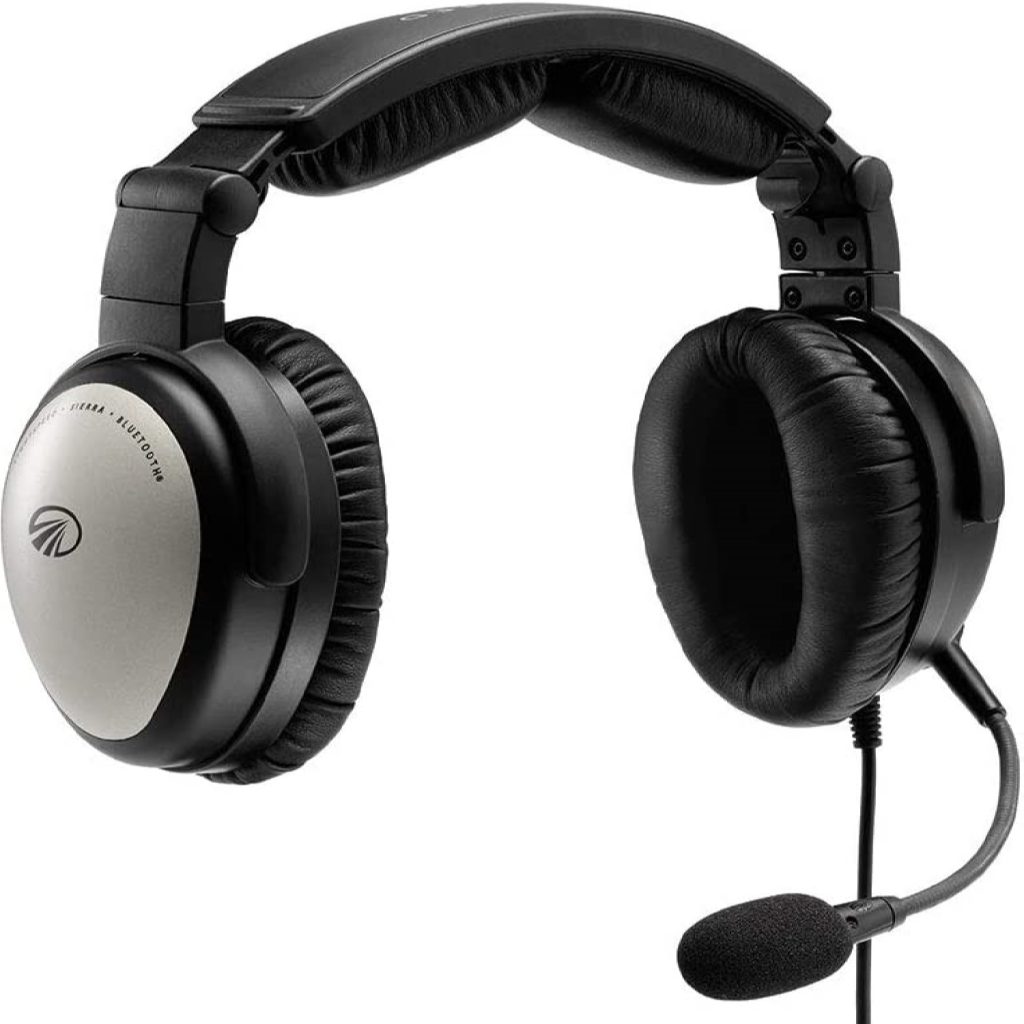
Editor’s choice

Best value

5. VIP views: Breathtaking vistas from the sky
One of the many perks of flying in a private jet is the awe-inspiring views on offer. The higher altitude provides passengers with panoramic vistas of the world below, giving them a unique perspective that simply cannot be matched at lower altitudes.
The unparalleled experience of soaring above the Earth in a private jet allows passengers to bear witness to the planet’s striking beauty and diverse landscapes, as the vast expanses of land and water gradually meld together beneath them.
Flitting through the sky at such an impressive altitude, the seemingly infinite horizon stretches out in all directions, creating an almost surreal, dreamlike atmosphere that can be both humbling and captivating.
Onboard a private jet, passengers have the rare opportunity to observe the majestic tapestry of the Earth, as its natural and man-made wonders come to life in astonishing detail.
From the undulating contours of mountain ranges and the sun’s golden hues shimmering off the ocean’s surface, to the intricate patterns formed by sprawling metropolises and intricate agricultural networks, every sight provides a visual feast that feeds the soul.
One of the most mesmerizing aspects of this bird’s-eye view is the sensation of witnessing the Earth’s curvature, as the vast skies give way to the curvature of the horizon, revealing the enormity of our home planet.
As passengers peer out the window, they are treated to a vivid display of the Earth’s changing terrain and weather patterns, as they glide effortlessly above imposing thunderclouds, serene deserts, and verdant jungles.
Furthermore, these sublime views serve as a reminder of the interconnectedness of our planet’s ecosystems and the delicate balance that sustains life. As the private jet traverses the skies, passengers gain a profound appreciation for the preciousness and fragility of the Earth.
Ultimately inspiring a greater sense of stewardship and responsibility towards preserving its natural beauty and resources for future generations.
Flying in a private jet not only offers unparalleled luxury and exclusivity, but also the chance to appreciate the grandeur of our world from a vantage point few have the privilege to experience.
With every glance out the window, passengers are given a new reason to marvel at the wonders of our planet, creating memories that will undoubtedly last a lifetime.
Also see: How Much Fuel Do Private Jets Use?
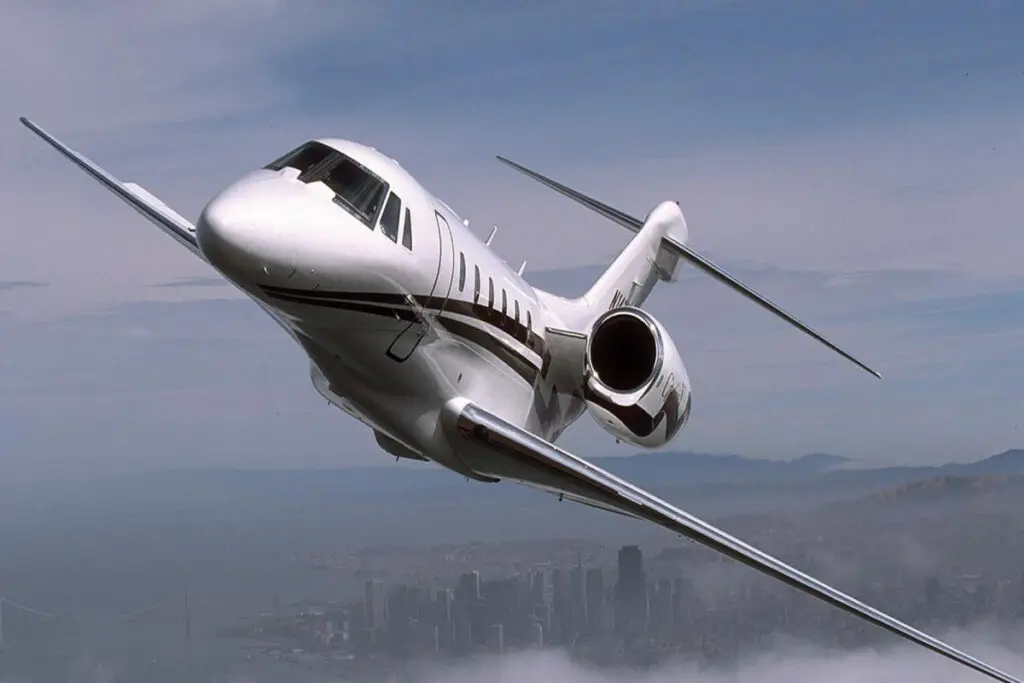
6. The height of privacy: Increased security and confidentiality
Privacy is a key selling point for many high-profile travelers who choose private jets. Soaring at higher altitudes offers an additional layer of security, as it puts these aircraft out of reach of most prying eyes.
This added discretion can be crucial for celebrities, politicians, and executives who value their confidentiality. Moreover, private jets provide unparalleled flexibility, catering to the individual needs of their passengers.
Scheduling can be tailored to the preferences of high-profile travelers, allowing them to avoid the hassle and scrutiny associated with commercial flights.
These exclusive aircraft often feature luxurious, custom-designed interiors with state-of-the-art technology and amenities that ensure a comfortable and productive journey. This level of personalization is essential for discerning clients who require a bespoke travel experience.
In addition to physical privacy, private jets also provide a digital haven for their passengers. Advanced communication systems on board these aircraft enable secure, encrypted connections that protect sensitive information from potential eavesdroppers.
This is particularly important for individuals who need to conduct confidential business transactions or discuss classified information while in transit.
Private jet providers also implement strict security measures, vetting flight crews, maintenance personnel, and ground staff to ensure the utmost confidentiality.
These protocols further deter unauthorized access, reducing the risk of potential breaches that could expose passengers to unwanted attention or compromise their personal safety.
The ability to travel discreetly, bypassing crowded airports and terminals, is another benefit for high-profile individuals. Private aviation terminals, known as Fixed Base Operators (FBOs), provide an exclusive gateway for these travelers.
FBOs facilitate expedited boarding and customs processes, allowing passengers to maintain their privacy as they transition between their jet and ground transportation.
Private jets offer an unparalleled level of privacy, luxury, and security to high-profile travelers. The combination of personalized scheduling, luxurious accommodations, advanced communication systems.
And stringent security protocols make private aviation the preferred choice for celebrities, politicians, and executives who value their confidentiality and peace of mind.
Top pick

Editor’s choice
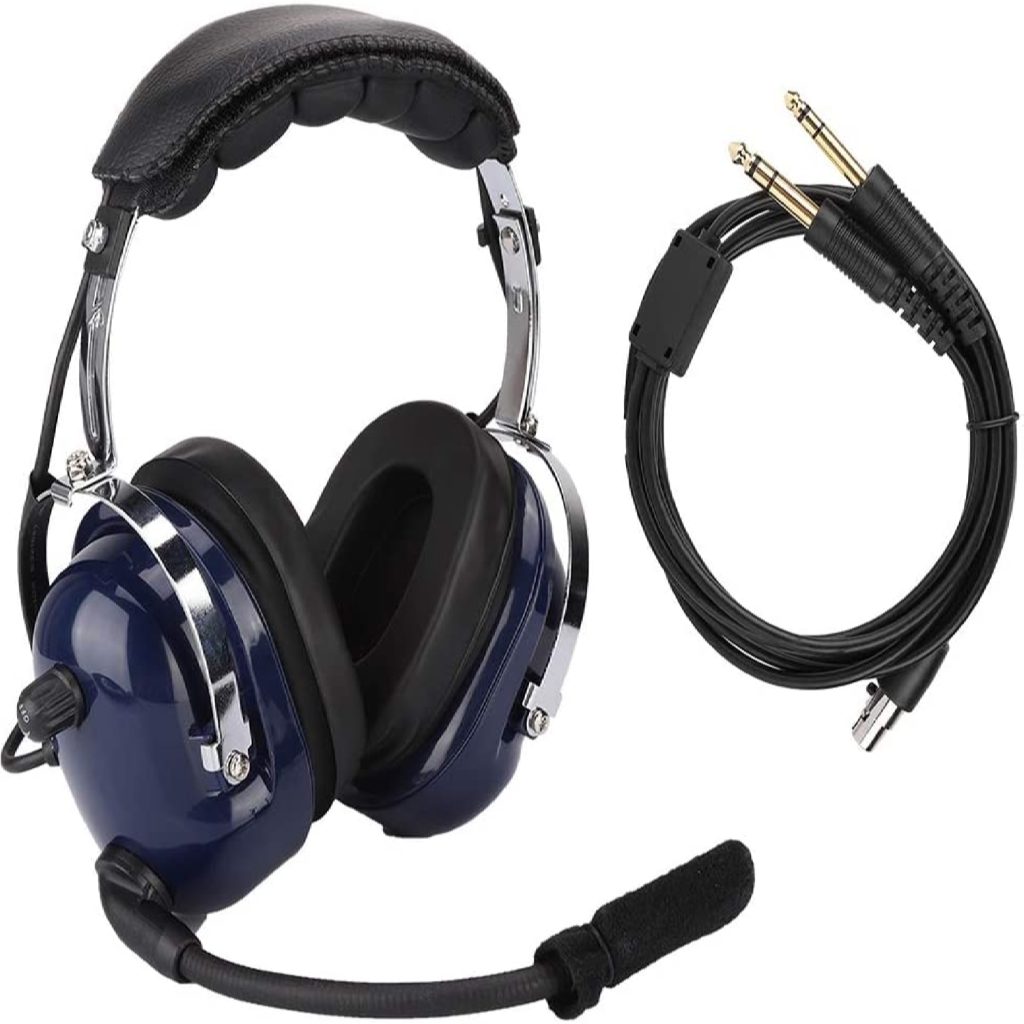
Best value

7. The potential downsides: Limited airports and higher costs
Despite the numerous advantages, flying at higher altitudes has some potential drawbacks. One such challenge is finding airports equipped to handle high-altitude landings.
Additionally, flying at higher altitudes can increase operational costs, such as fuel consumption, which may be passed on to the passengers.
Despite the numerous advantages, flying at higher altitudes also presents some significant challenges. As mentioned, finding airports capable of accommodating high-altitude landings can be a logistical obstacle.
This is primarily because airport infrastructure must be specifically designed and adapted to handle aircraft that rely on thinner air for lift and control.
In addition to this, flying at higher altitudes can also exacerbate operational costs, especially in terms of fuel consumption. With the necessity for more powerful engines to propel aircraft through less dense air, fuel efficiency is inevitably impacted.
This increased fuel consumption not only contributes to heightened emissions and environmental concerns, but also has the potential to drive up ticket prices for passengers, making air travel less accessible and affordable for some.
Furthermore, the exposure to increased levels of solar and cosmic radiation at higher altitudes poses potential health risks for both passengers and crew members.
While the risk is relatively low for occasional travelers, it may be of concern for frequent flyers and aviation professionals, potentially leading to long-term health complications.
Moreover, navigating through the stratosphere also presents challenges in terms of air traffic control and congestion.
As more aircraft strive to reach optimal cruising altitudes, the need for sophisticated systems and coordination becomes even more critical to ensure safety and prevent accidents.
Lastly, the impact on the overall performance of an aircraft at higher altitudes should not be underestimated.
Climbing to higher altitudes requires more time, which may result in longer flight durations and subsequently increased wear and tear on aircraft components.
Consequently, maintenance and repair costs may also rise, further contributing to the economic burden on both airlines and passengers.
Also see: Do Private Jets Have Showers?
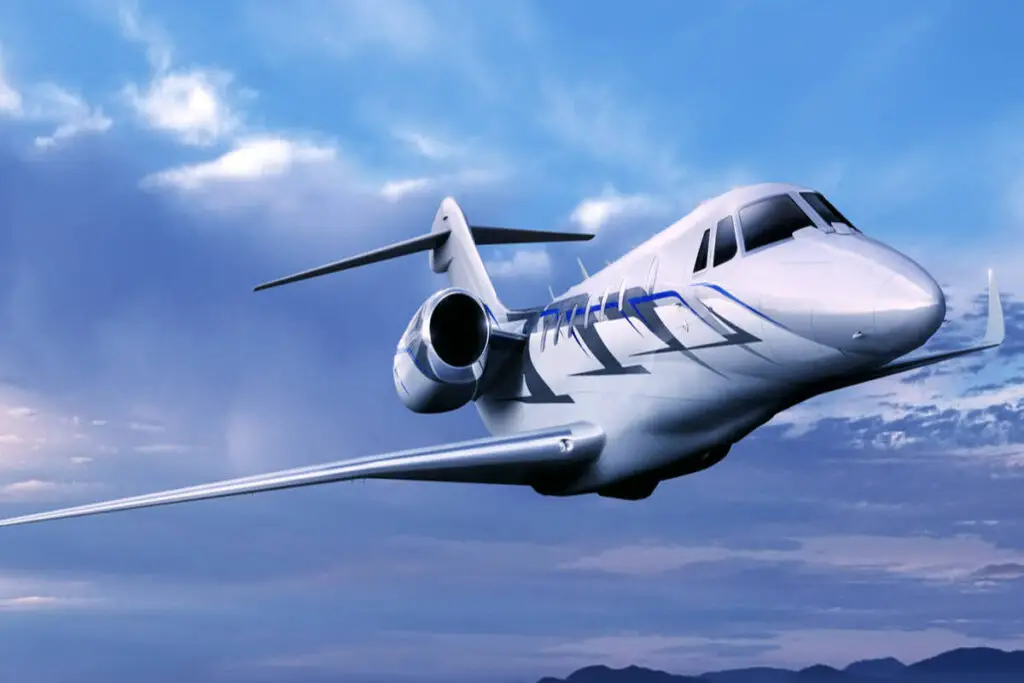
FAQ
1. Why do private jets fly at higher altitudes?
Private jets fly at higher altitudes to avoid commercial traffic and turbulence, and for fuel efficiency.
2. What are the advantages of flying at higher altitudes?
Flying at higher altitudes offers advantages such as fuel efficiency, faster travel, and smoother flights.
3. How does flying at higher altitudes affect fuel efficiency?
Flying at higher altitudes improves fuel efficiency due to reduced air resistance and thinner air.
4. Are there any safety concerns associated with flying at higher altitudes?
Yes, risks include hypoxia, decompression sickness, and exposure to radiation. Adequate cabin pressurization and oxygen are necessary.
5. How do pilots manage to fly at such high altitudes? Is additional training required to fly at these heights?
Pilots use oxygen masks and pressurized cabins to fly at high altitudes. Yes, additional training is required.
Top pick

Editor’s choice

Best value

Conclusion
In summary, private jets fly at higher altitudes for a variety of reasons, including smoother rides, improved efficiency, reduced air traffic, breathtaking views, and increased privacy.
While there are some downsides, such as limited airport availability and potentially higher costs, the benefits often outweigh these drawbacks for those who seek the ultimate luxury and convenience in air travel.
Expanding on these advantages, flying at higher altitudes provides private jet passengers with an unparalleled experience that is difficult to replicate in commercial air travel.
The smoother rides, resulting from less turbulence and reduced noise, enable passengers to relax or work in peace.
Furthermore, the improved efficiency at higher altitudes allows for faster travel times and reduced fuel consumption, making private jets more environmentally friendly than one might initially think.
Navigating through less congested airspace at higher altitudes significantly reduces the risk of delays and offers a greater level of safety.
Meanwhile, the breathtaking views of the earth’s landscape and skies from above provide an unmatched visual experience.
In addition, increased privacy offers a sanctuary for high-profile individuals, business executives, and those simply wishing to escape from the hustle and bustle of busy airports.
Despite some limitations, such as limited airport availability and potentially higher costs, private jet travel continues to attract a growing number of discerning travelers who prioritize luxury, efficiency, and exclusivity in their flying experience.
Also see: Do Small Private Jets have Bathrooms?

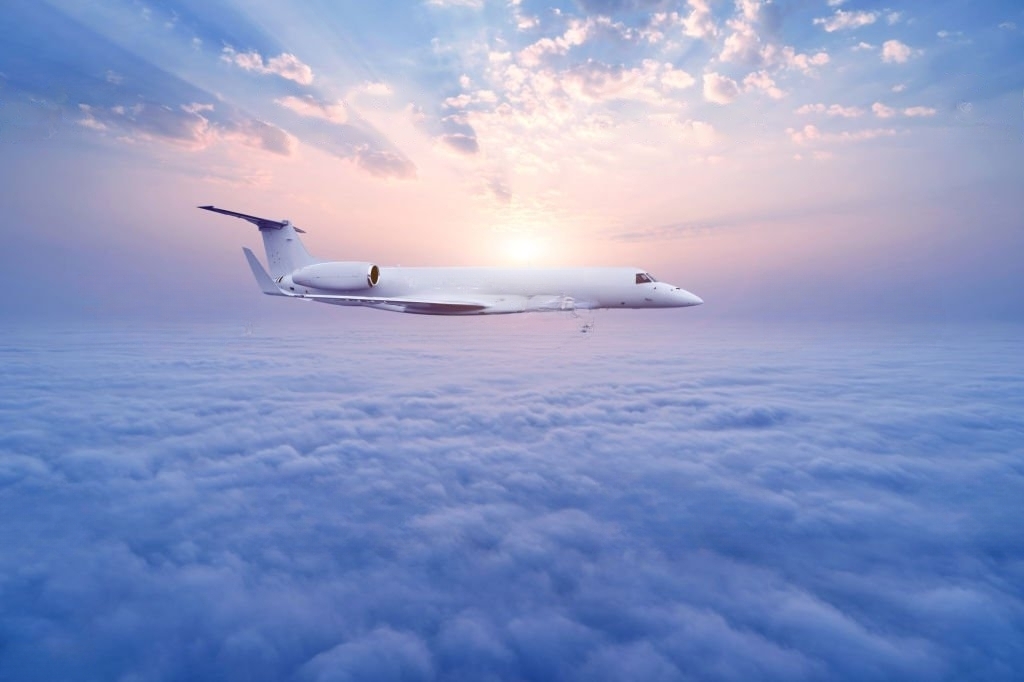



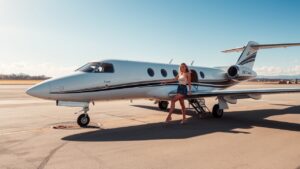





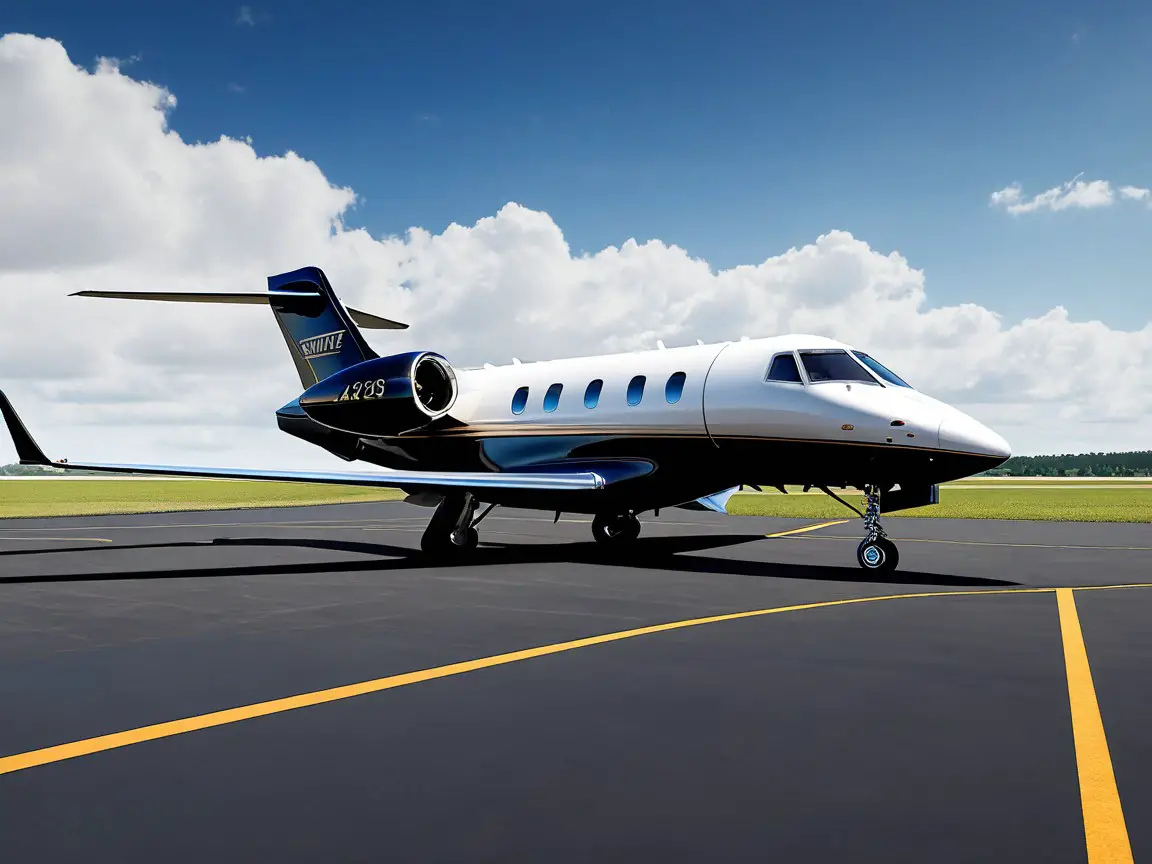
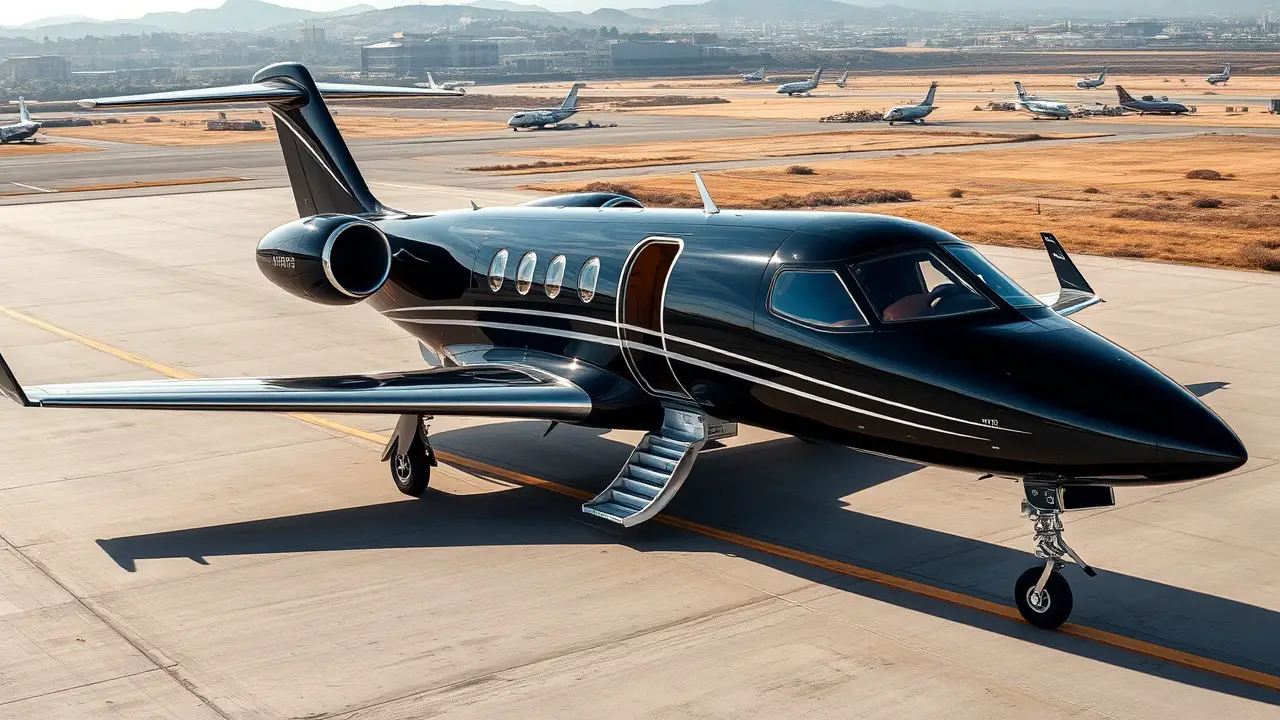
Leave a Reply